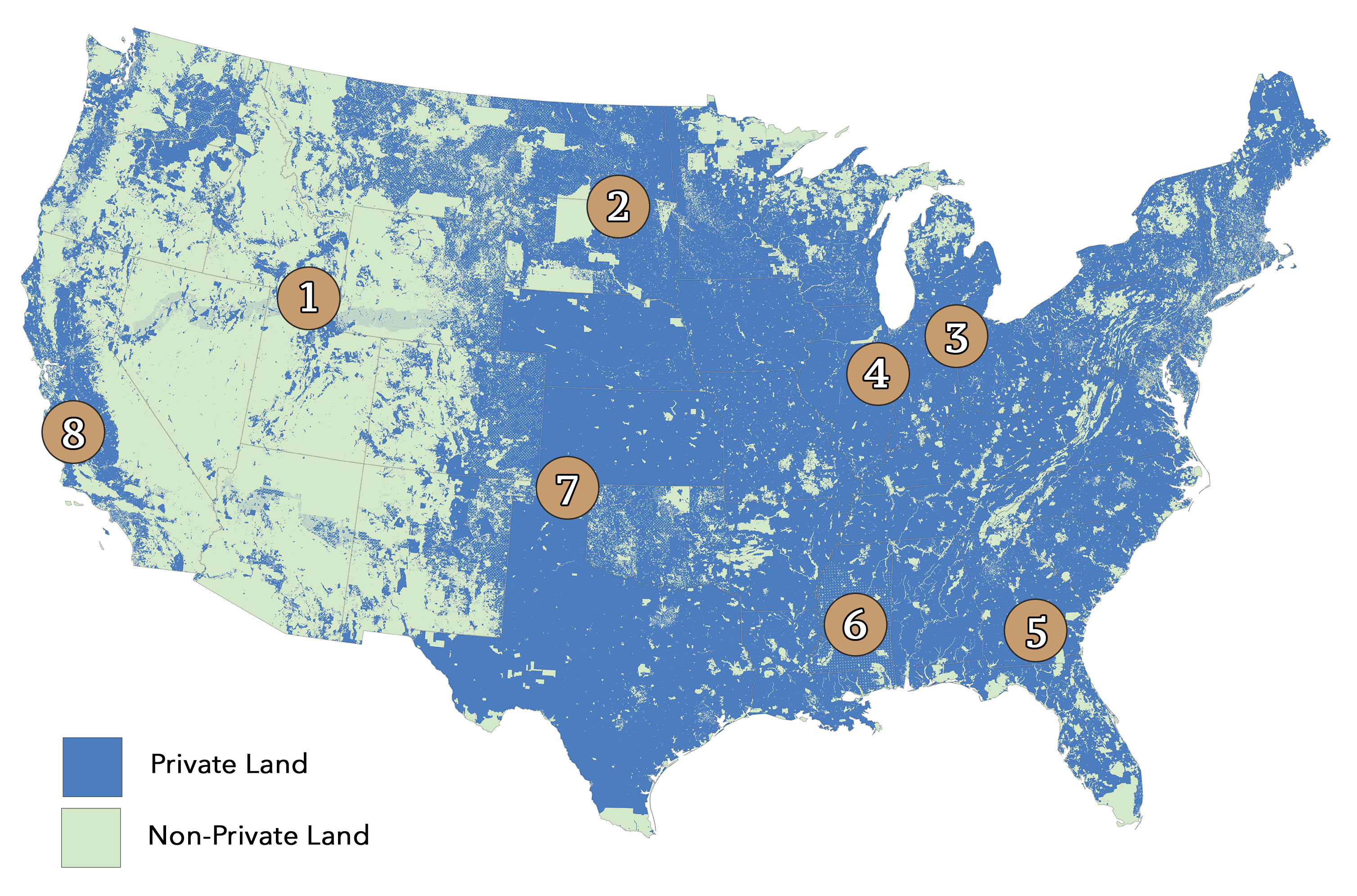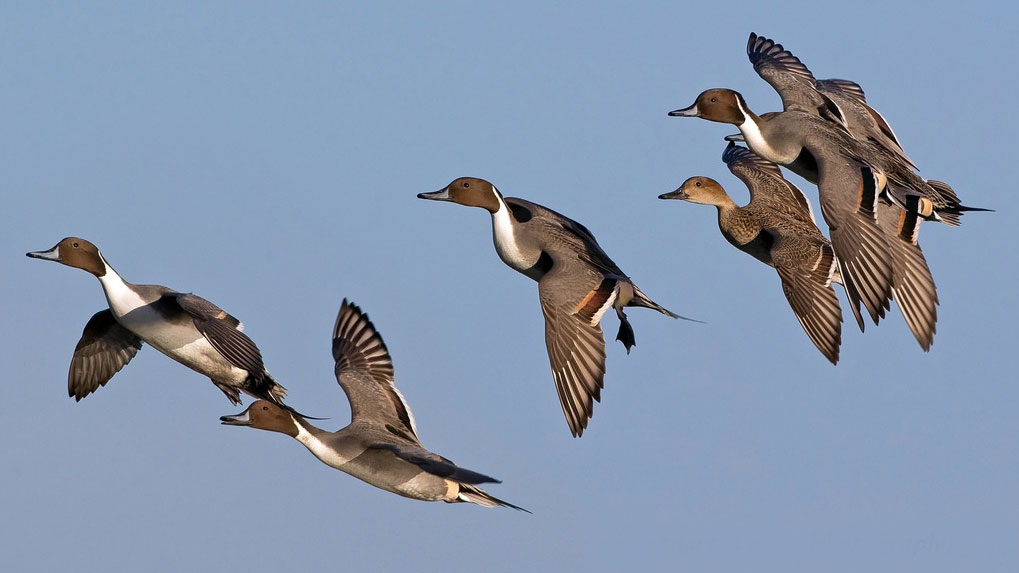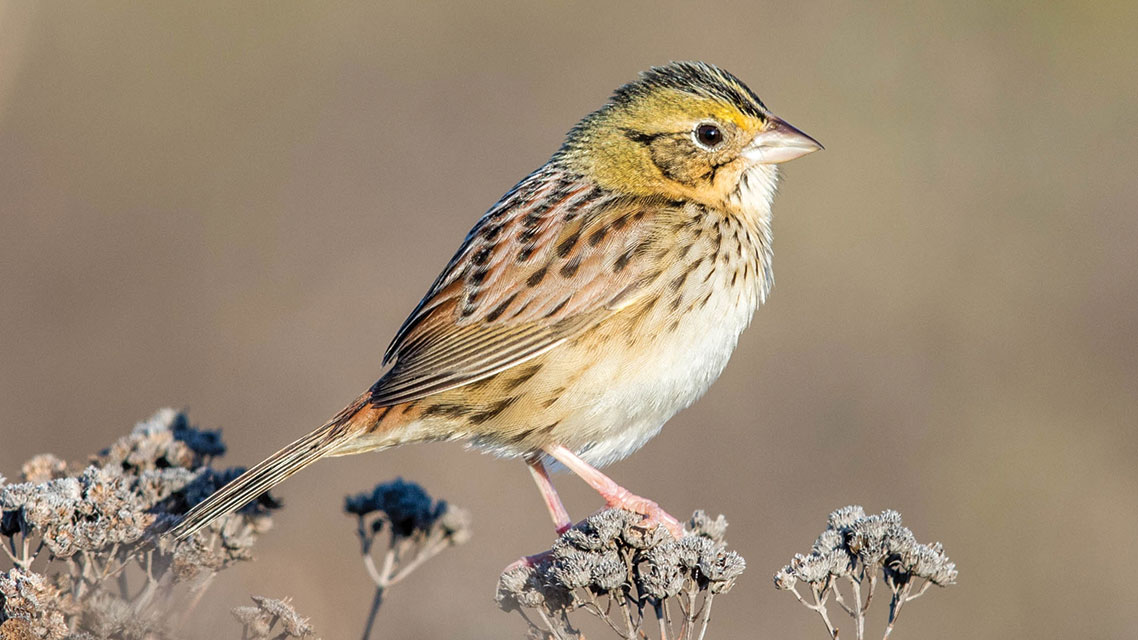Benefits of the Farm Bill
The Farm Bill Is America’s Hardest Working Legislation for Birds, Farmers, and Rural Communities
Two-thirds of the land area in the Lower 48 states is privately owned. There are 1.5 billion acres of private land in the Lower 48 states, including 911 million acres of farmland. The Farm Bill helps people manage their land and conserve natural resources at the same time.

Here are 8 ways the Farm Bill pays off for birds, habitat, and people across the United States:
1. It keeps birds off the Endangered Species List

Through the Environmental Quality Incentives Program and Agricultural Conservation Easement Program, the Sage Grouse Initiative has worked with 1,300 ranchers across the West to improve more than 5 million acres of sagebrush habitat—an area twice as large as Yellowstone National Park. These voluntary, incentive-based programs influenced the 2015 decision not to list the Greater Sage-Grouse as endangered.
“Without these [Farm Bill] lands … sage-grouse would go extinct in two of the three subpopulations.”— scientist Andrew Shirk on the Farm Bill and sage-grouse in eastern Washington
2. It pays huge natural dividends
Farm Bill conservation programs provide big benefits. In the Prairie Pothole Region alone:
- 37 million more waterfowl in 2011 compared to 1992 [source 1 (PDF), source 2 (PDF)]
- 44 billion pounds of sediment prevented from reaching waterways in 2013 [source (PDF)]
- 150 billion gallons of floodwater catchment capacity [source (PDF)]
- $430 million annual economic impact of hunting and bird watching [source (PDF)]
- $1 billion net benefit of ecological services (water quality and wildlife habitat) over 20 years [source]

3. It creates eco-benefits for the entire farm
The ecological benefits created by Farm Bill grasslands also benefit the entire farm by improving soil health and even providing pest control. In a study of rural farm areas in Wisconsin and Michigan, grassland plots within crop landscapes doubled the numbers of grassland birds and increased the rates of predation of insect pest eggs by 30%.
4. It delivers return on investment in birds and clean water
In Illinois farm counties with the highest Conservation Reserve Program sign-up rates, spring bird counts for Henslow’s Sparrows are 25 times greater now than they were before CRP. In the Chicagoland area, Henslow’s Sparrow grassland habitat provided $900 million in flood control, groundwater recharge, and water purification services.
5. It sustains a timber economy and forest birds
Private working forests account for 88% of the timber harvest in the United States [PDF]—and 83% of the population distribution of Eastern forest birds. Farm Bill Forestry programs have grown the South’s longleaf pine forests by 50% to 4.7 million acres, providing a source of timber that keeps working forests working and offers wildlife habitat for 36 bird species, including Northern Bobwhite quail and the endangered Red-cockaded Woodpecker.
6. It feeds North American waterfowl populations
34% of duck food energy on private lands in the Mississippi Alluvial Valley comes from Farm Bill wetlands, a critical food source for waterfowl species such as Northern Pintail, Mallard, and Wood Duck.

7. It protects vital prairie grasslands and wetlands
Sodsaver and Swampbuster are two crucial protections for water quality and wildlife. These Farm Bill provisions have ensured that thousands of acres of native prairie and wetlands have remained on the land. Every year, wetlands protected by Swampbuster contribute nearly 4 million Mallards, Gadwalls, Blue-winged Teal, Northern Shovelers, and Northern Pintails [PDF] to North America’s waterfowl population.
8. It promotes public-private partnerships
Through the Farm Bill’s Regional Conservation Partnership Program, 20% of California’s Central Valley rice acreage is temporarily flooded after harvest to provide important shallow water habitat [PDF] for thousands of migratory shorebirds. In the first 3 years of RCPP, USDA has used Farm Bill dollars to leverage partner contributions for $1.49 billion in total conservation impact. (Using $590 million, the USDA leveraged an additional $900 million in partner contributions.)
